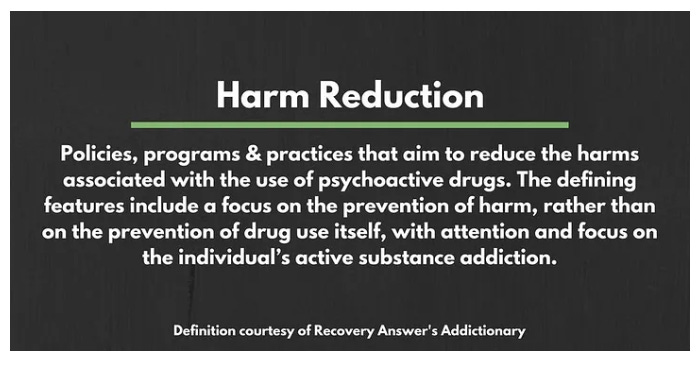It is very empowering, after years of failure and collapse and friend loss and marriage loss and all the rest, to finally just up and tell people, “Yes, I am an addict.” I think it’s important to say am in this case, because it’s an active condition that could resume at most flashpoints, so you need to check on it. I’m trying to do my best around all that for myself and my future, and while my platform is admittedly pretty small, I think enough people read (and maybe watch) my stuff that I could make a small dent in some thinking.
Here’s a bit on the throes of my problems:
Why Would Someone Drink 10 Beers On A Random Thursday?
Great question, right? Let me try to trace it for you. Last Thursday I finished core work around 11am. I knew it was the last day before my wife and I started IVF, and I knew she had a thing until 10pm that night, so I think I viewed it as some kind of “last hurrah” in my brain. I went to this place by my old apartment, Woodshed Smokehouse, and had some …
That should give you some context for my story to date. Now let’s talk about harm reduction.
You see the definition in the image above. Basically, I think the entire thing rests on “Look, people will always do drugs” (which is a hard thing for many to admit), so rather than trying to eradicate drugs (impossibility), focus on making the drug use safer. Phrased another way: we had multiple manhunts for El Chapo. We eventually “got him.” As he was at trial, thousands of people around the world were doing cocaine, heroin, meth, smoking weed, etc. We caught the big fish — and the behaviors continued. That will always be true. So … why focus on eradication? Why not try to reduce the harm associated with those who use?
This page lays out the basics of “harm reduction” strategies.
They also have a corresponding YouTube video:
Obviously the most “controversial” part of this would be needle exchanges, or giving out needles. People lose their minds over that. They think, in some way, it’s like the government endorsing hard drug use. And maybe, in some way, it is. But I guess the question there is: is it a culture war flashpoint for people, or something that could really do some good?
Keep reading with a 7-day free trial
Subscribe to What Is Even Happening? to keep reading this post and get 7 days of free access to the full post archives.





